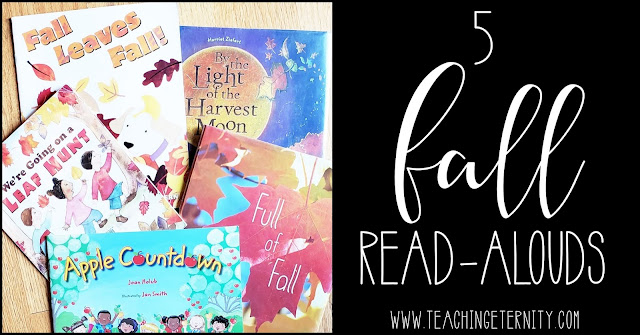One of the first things I did with my students each year was create a personal dictionary. This was a place where they could record all of the vocabulary we studied throughout the year. It was easily our favorite and most used classroom resource. If you've been thinking about starting personal dictionaries in your classroom let's chat a little bit about what they are, and why they are so great! If you know you want to use one, but aren't sure where to start, we'll cover that too.
First off - you might be asking - What is a personal dictionary? A personal dictionary is a collection of words created by the person that will be using it. For students these may be words that they need to remember how to spell, or vocabulary words they have studied in class.
Ok, but why should students keep personal dictionaries? Well, many reasons!
You the old joke about not needing to write something down, you'll just remember it? That's a joke for a reason. The fact is that writing something down helps you remember it. And writing down words that they have learned helps students remember them. Taking the time to record new vocabulary into a personal dictionary assists with memory and recall.
A personal dictionary gives students a reference when they can't remember how to spell a word, or remember what it means. In a perfect world your classroom would have a beautiful, large word wall, where you can put all of your vocabulary and their definitions. But for most of us, that is just not practical. If students have those words handy in a notebook right there in their desk they are more likely to use it when they need it.
One of my favorite aspects of the personal dictionary was that it was a physical representation of all of the learning we had done. Since we added new vocabulary regularly, by the end of the year my students had a book overflowing with tangible evidence of all they had accomplished.
So, if I've convinced you to give personal dictionaries a try in your classroom, you might now be wondering how?
In my classroom we used the Picture Dictionary and Dictionary Resource found in my TpT store. For my primary students I knew the list of vocabulary words we would be studying throughout the year, and entered those words into their dictionaries ahead of time. Then, whenever we finished a vocabulary unit they would glue the images into the dictionaries with the matching vocabulary word. For my older students, they kept a binder with alphabet dividers. As they added words they would place the word study graphic organizers behind the correct letter. You can read more about these resources here. (This is an older blog post, and the graphics and fonts in the dictionaries have been updated)
But, you can also create personal dictionaries in a regular old notebook! I prefer composition notebooks over spiral notebooks since they will be used throughout the year, and seem to hold up better going in and out of desks and cubbies. Once you have a notebook, divide the number of pages by 26 (the number of letters in the alphabet. Then, you'll probably want to subtract pages from less common first letters, like Q, X, Z, and add them to more common fist letters, like M, S, and T. Finally, you label the pages for each letter. You can keep it simple and simply write the letter in the top right corner, or you can use the personal dictionary headers freebie I have! Just enter your name and email below to receive the freebie.
If you give personal dictionaries a try in your classroom I would love to hear about it! You can connect with my by e-mail at michelle@teachingeternity.com or find me on Instagram @TeachingEternity



















